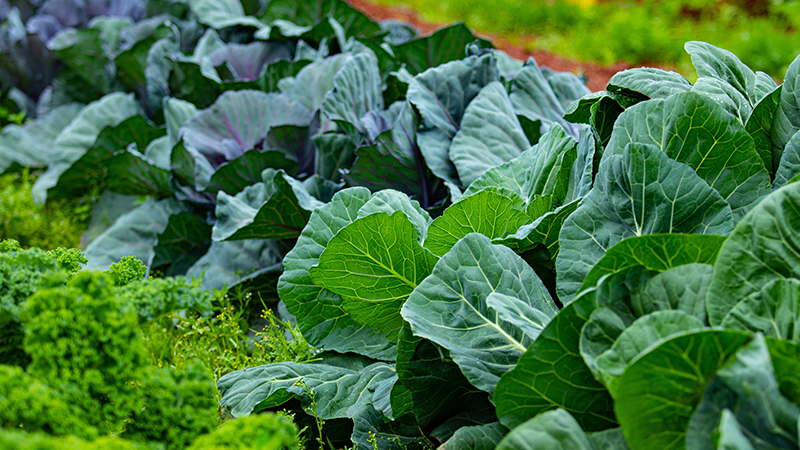Global Disharmony Over MRLs
Maximum residue levels (MRLs) for pesticides are as much about trade as they are about human safety. That’s why they are important to U.S. agriculture, which depends on the export market for many crops.
An MRL is defined as the maximum concentration of pesticide residue that is legally permitted or recognized as acceptable in, or on, a food, agricultural commodity, or animal feed as set by Codex or a national regulatory authority. But what happens when one country’s MRL is different than its trading partners, or if it has no MRL at all? That is a problem trading partners have been battling over for decades in an effort to harmonize MRLs.
“Grower organizations from across the country have been involved in this issue for quite some time with their participation in groups such as the NAFTA Technical Working Group and the Codex Joint Food and Agriculture Organization/World Health Organization (FAO/WHO) Meetings on Pesticide Residues, but the issue seemed to really have picked up significant momentum during the middle of this decade,” says Mike Aerts, with the Florida Fruit & Vegetable Association. “Where discrepancies occur, adjustment is going to depend on the country in question. Certain countries are very steadfast in their declared MRLs/tolerances, and little optimism exists as to whether or not they might adjust their numbers, which is why grower organizations and the U.S. regulatory authorities are so heavily involved in activities such as the Global Minor Use Summit where one of the primary objectives is to harmonize national MRLs and/or move for acceptance of Codex MRLs.”
Canadian Overhaul
Canada plans a major overhaul of its MRL system this year. That’s important because more than $7 billion worth of U.S. commodities are exported to Canada on an annual basis. It is a huge market for Florida fruits and vegetables.
“Canada has had an accepted default of 0.1 parts per million (ppm) ‘inadvertent residue tolerance’ in place up to this point, which made it legal or acceptable for residues of any active ingredient to be found on any commodity imported into Canada as long as those detectable residues were below 0.1 ppm,” says Aerts. “Canada is now doing away with this default 0.1 ppm inadvertent residue tolerance. This decision is more than likely going to cause numerous trade irritant issues for any commodity/active ingredient combinations that do not have an established tolerance/MRL in place in Canada.”
A seven-year transition is what the current plan calls for in phasing out of the default tolerance program and phasing in the specific tolerance/MRL requirements.
“It is envisioned that for MRLs that fall below 0.1 ppm, Canada will hopefully defer to the U.S.’s Food Quality Protection Act approved tolerances, but that’s still not a certainty,” says Aerts. “For tolerances above 0.1 ppm, a complete import tolerance petition or a full Canadian registration tolerance petition will have to be developed, reviewed, and approved by the Canadian regulatory authorities, so literally thousands of MRLs are still in limbo with respect to Canada.”
Responsible Recordkeeping
It seems like recordkeeping and traceability grow in importance every year, and MRLs only add to this urgency.
“If a residue problem/barrier does ever present itself, detailed records are going to be a must,” says Aerts. “For instance, if a ‘violation’ is detected in a commodity exported to Japan, the first thing the Japanese government does is advise the U.S. Embassy of the problem. Sanctions then are imposed on the shipper responsible for importing that commodity to Japan.
“A complete investigation as to how the violation occurred then takes place, which determines whether it was an issue related to that active ingredient not being registered in Japan, or whether it was a drift problem, or whether it was a contamination or cross contamination issue, etc. A best possible explanation must then be presented, supported by spray records, labels, pre-testing data, and things of this nature. All of this information benefits the argument that will be performed by the U.S. Embassy and USDA’s Foreign Ag Service. So yes, accurate, detailed recordkeeping is going to be a must for product to be exported.”









